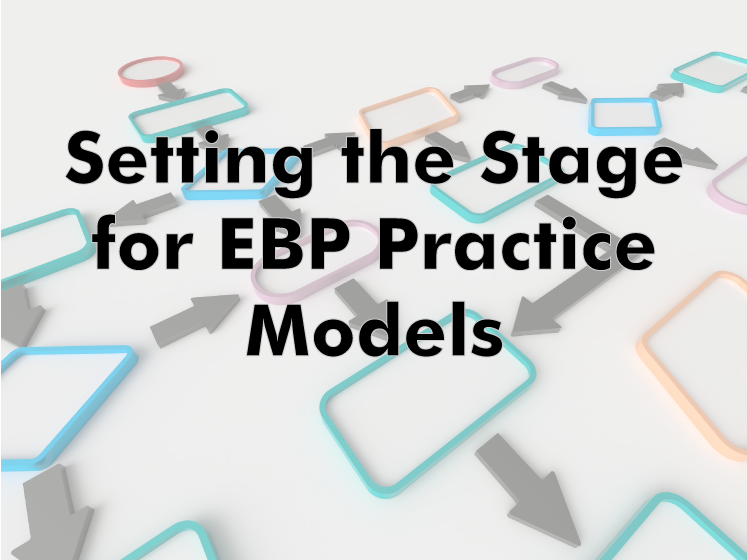Get Them out of Prison Beds and into Reetry
When our CorrectTech team meets with community corrections agencies across the country, we see an increasing number of criminal justice stakeholders looking at the efficiency and effectiveness of community corrections.
With the movement of all-but-the-highest-risk offenders away from prison beds, community corrections programs are receiving more clients and focus and, therefore, higher expectations.
There is an international effort to integrate a wide range of programming, interventions, education, and treatment. Gone are the days of “one size fits all” interventions. Case plans must be specific and individualized, all while demonstrating fidelity to evidence based practices (EBP) and state and federal mandates.
More than Cookie Cutter Treatment
While there are many exceptional automation systems centered on courts and jail processes, traditional case management systems (CMS) were not conceptualized with this type of client-centered treatment or EBP implementation and tracking.
Historically, community corrections has been under-utilized and underfunded.







